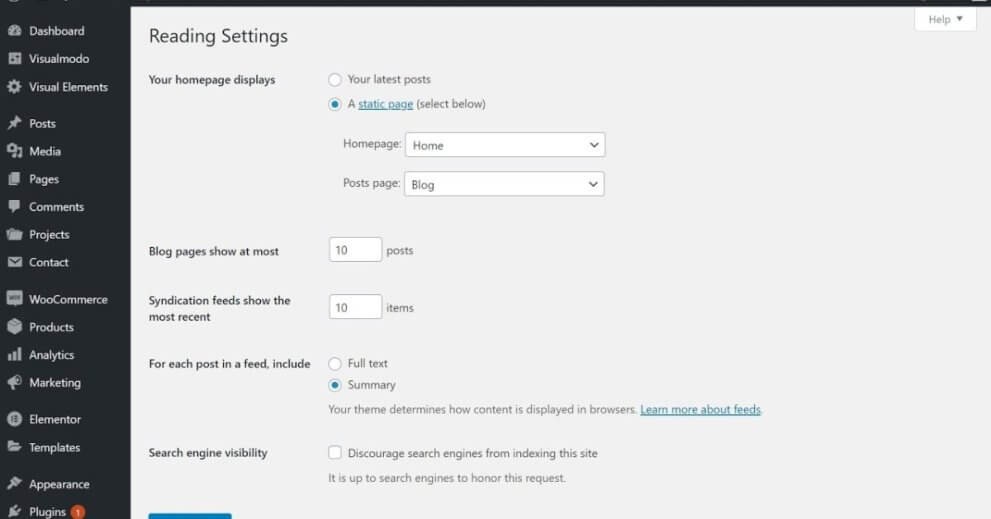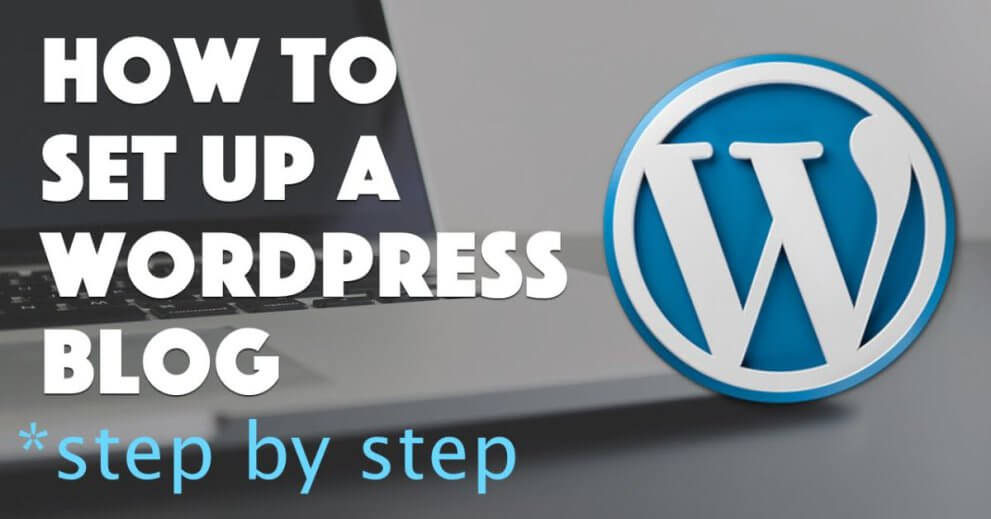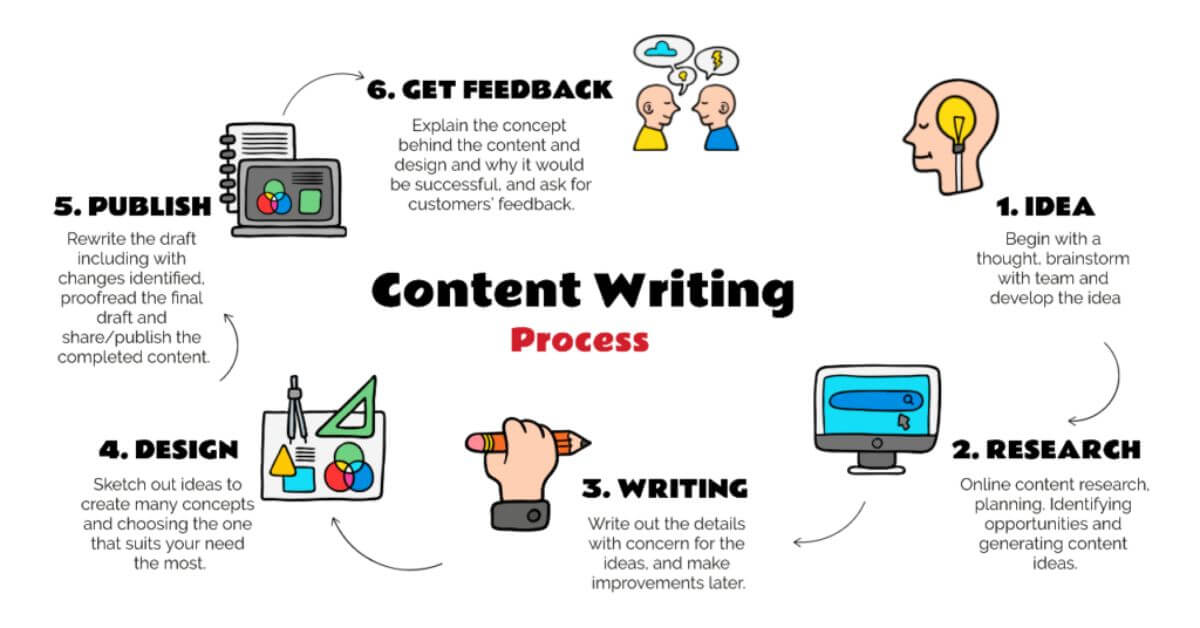Starting a WordPress blog can feel overwhelming, but it doesn’t have to be. In today’s digital world, having a blog is one of the best ways to share your thoughts, build a brand, or even make money. Whether you’re passionate about writing or looking to expand your business online, WordPress provides a user-friendly platform for everyone. With its customizable features, you can create a blog that truly represents your style and goals.
By following a few easy steps, you can go from having an idea to running a fully functional blog. This guide will walk you through the entire process, from choosing a domain to publishing your first post.
Why Choose WordPress for Blogging?
WordPress powers over 40% of websites on the internet, making it the most popular blogging platform. Its flexibility, ease of use, and scalability make it an excellent choice for beginners and professionals alike. WordPress offers thousands of free themes and plugins, allowing you to create a unique blog tailored to your needs. Additionally, it’s SEO-friendly, which means your blog can rank higher in search engines with the right strategies.
For anyone serious about blogging, WordPress offers endless opportunities to grow. Whether you want to start a personal blog, a business website, or even an e-commerce store, this platform can handle it all.
May You Read More Blog:https://digibizt.com/10-ways-to-improve-your-contents-readability/
Setting Up Your WordPress Blog

The first step to starting your blog is choosing a domain name. A domain name is your blog’s address on the internet, so it should be unique, easy to remember, and relevant to your niche. Once you’ve decided on a name, you’ll need a hosting provider to store your blog’s data and make it accessible online. Companies like Bluehost, SiteGround, or HostGator are popular options for WordPress hosting.
After setting up your domain and hosting, install WordPress on your hosting account. Most hosting providers offer one-click WordPress installations, making the process simple and quick. Once installed, you’ll gain access to the WordPress dashboard, where you can customize your blog, upload content, and manage settings.
Designing Your WordPress Blog
Design is a crucial part of any blog because it impacts the user experience and keeps readers engaged. WordPress offers thousands of themes that you can use to design your blog. Free themes are available, but premium themes often provide more features and customization options. Choose a theme that aligns with your niche and personal style.
Customizing your blog doesn’t end with choosing a theme. Use plugins to enhance your blog’s functionality. For instance, plugins like Yoast SEO can improve your blog’s visibility, while Elementor allows you to create stunning page layouts. Adding a logo, selecting fonts, and adjusting color schemes are additional steps that make your blog stand out.
Creating Your First Blog Post
Once your blog is set up and designed, it’s time to create content. To start, log into your WordPress dashboard and navigate to the “Posts” section. Click “Add New” to create a new post. WordPress offers an intuitive editor that allows you to write, format, and add media to your posts easily.
When writing your first post, focus on providing valuable and engaging content. Use headings, subheadings, and images to break up long blocks of text. Don’t forget to optimize your content for SEO by including keywords in your title, headings, and throughout the article. Adding meta descriptions and alt text for images also boosts your post’s visibility in search engines.
Maintaining and Growing Your Blog

Creating a blog is just the beginning. To succeed, you need to maintain and grow your blog consistently. Regularly updating your blog with fresh content is essential for keeping readers engaged. Interacting with your audience through comments and social media also builds a loyal community around your blog.
To grow your blog, focus on promoting it across different channels. Share your posts on social media platforms like Facebook, Instagram, or Twitter. Collaborating with other bloggers and guest posting can also help you reach a wider audience. Additionally, monitoring your blog’s performance using tools like Google Analytics will provide insights into what’s working and what needs improvement.
Final Thoughts
Starting a WordPress blog in 2024 is an excellent way to express yourself, build an online presence, or even create a new income stream. With its flexibility and user-friendly interface, WordPress empowers anyone to create a blog that stands out. By following the steps outlined in this guide, you can launch a successful blog that grows with time and effort.
Whether you’re sharing personal stories or building a business, blogging on WordPress is a journey worth taking. Start today and unlock the endless possibilities of the digital world.
FAQ’S
How much does it cost to start a WordPress blog?
Starting a WordPress blog can cost as little as $50 annually for basic hosting and domain registration. Premium themes and plugins may add to the cost.
Do I need technical skills to start a WordPress blog?
No, WordPress is beginner-friendly and requires no coding skills. Its intuitive interface makes it easy to create and manage a blog.
Can I make money with my WordPress blog?
Yes, you can monetize your blog through advertising, affiliate marketing, sponsored posts, or selling products and services.
How do I choose the right WordPress theme?
Choose a theme that aligns with your niche, is mobile-friendly, and offers customization options. Look for highly-rated themes with positive reviews.
How often should I post on my blog?
Posting consistently is more important than frequency. Aim for at least one high-quality post per week to keep your audience engaged.



